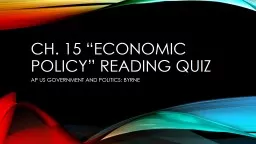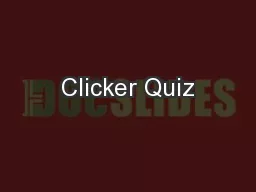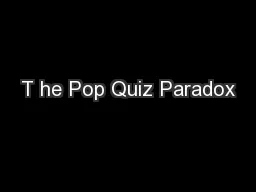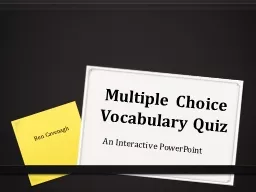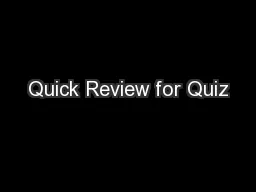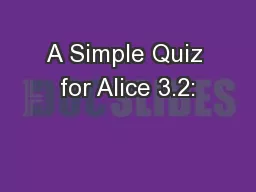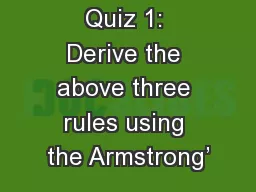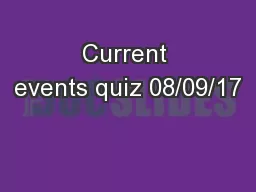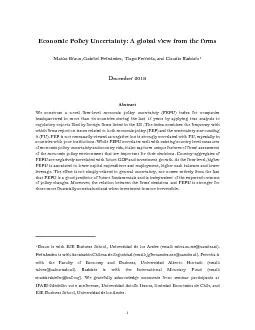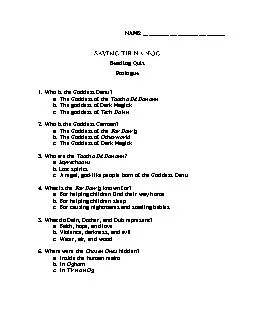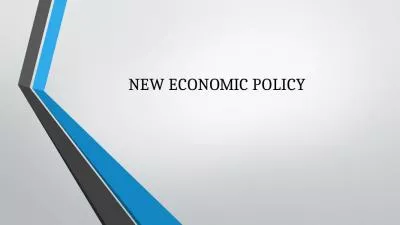PPT-Ch. 15 “Economic Policy” reading quiz
Author : luanne-stotts | Published Date : 2017-06-03
AP US GOVERNMENT AND POLITICS BYRNE 1 Which of the following is not an example of the federal government providing a foundation for the free market p rotecting
Presentation Embed Code
Download Presentation
Download Presentation The PPT/PDF document "Ch. 15 “Economic Policy” reading qui..." is the property of its rightful owner. Permission is granted to download and print the materials on this website for personal, non-commercial use only, and to display it on your personal computer provided you do not modify the materials and that you retain all copyright notices contained in the materials. By downloading content from our website, you accept the terms of this agreement.
Ch. 15 “Economic Policy” reading quiz: Transcript
Download Rules Of Document
"Ch. 15 “Economic Policy” reading quiz"The content belongs to its owner. You may download and print it for personal use, without modification, and keep all copyright notices. By downloading, you agree to these terms.
Related Documents

